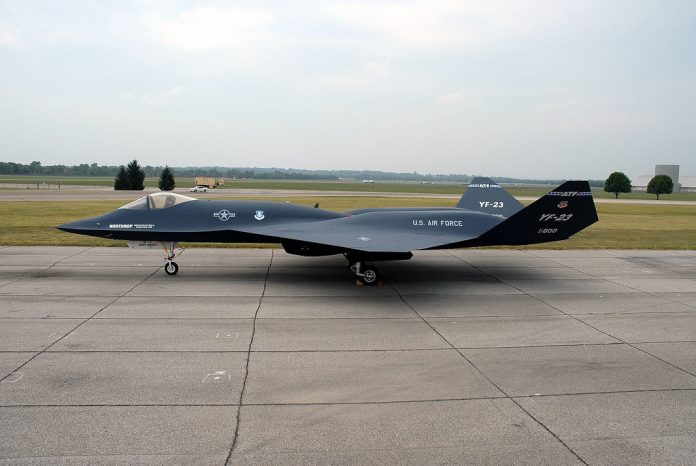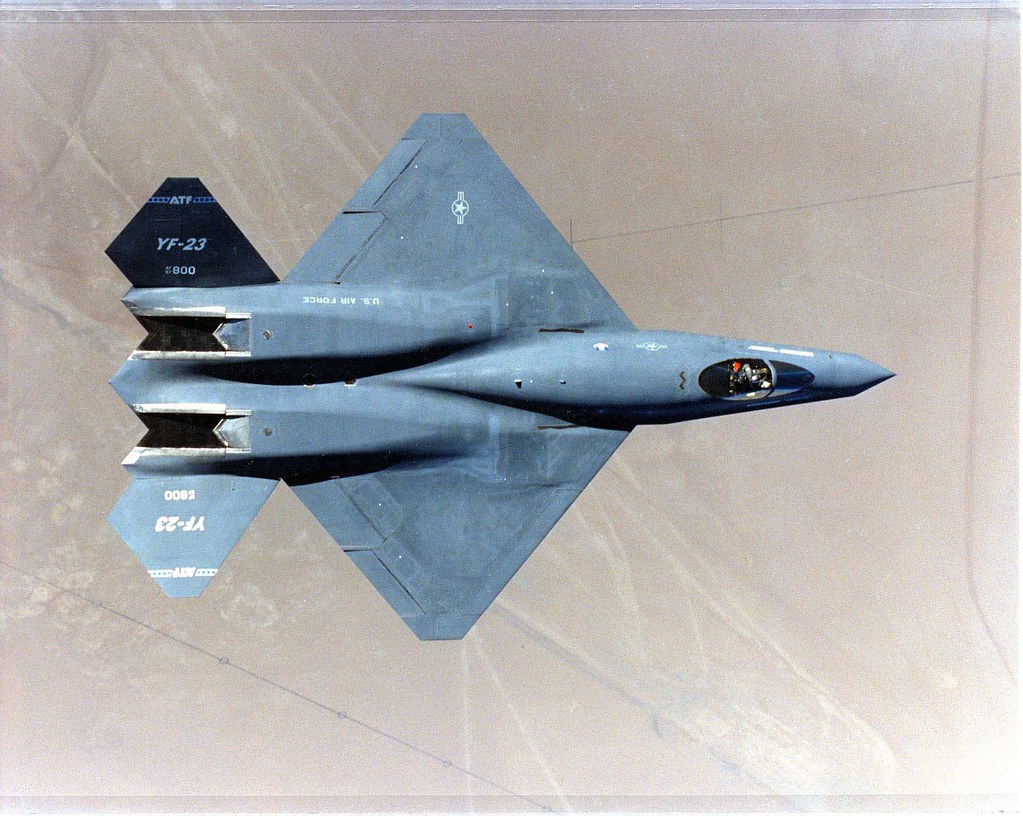
In the waning years of the Cold War, a high-stakes competition unfolded, one that pitted engineering prowess against an evolving threat landscape. The United States Air Force, perceiving the capabilities of Soviet aircraft as a growing danger, embarked on the Advanced Tactical Fighter (ATF) program to develop a jet that would secure American dominance in the skies.
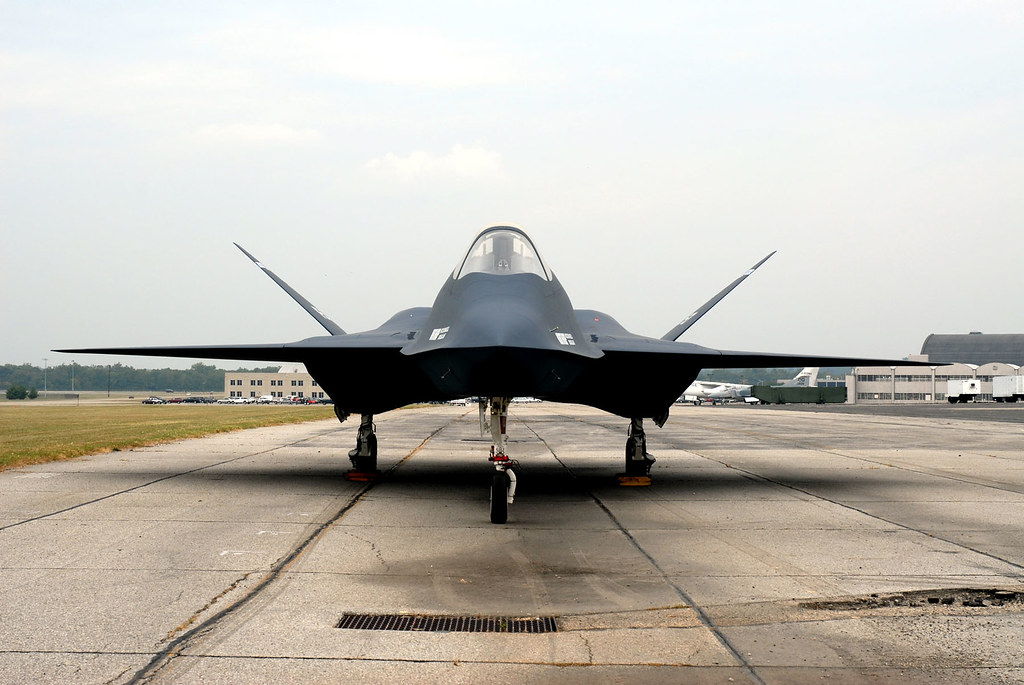
This is the story of the Northrop/McDonnell Douglas YF-23, an aircraft whose innovative design and impressive performance nearly earned it the mantle of America’s premier stealth fighter, a title ultimately claimed by the Lockheed YF-22, which evolved into the iconic F-22 Raptor.
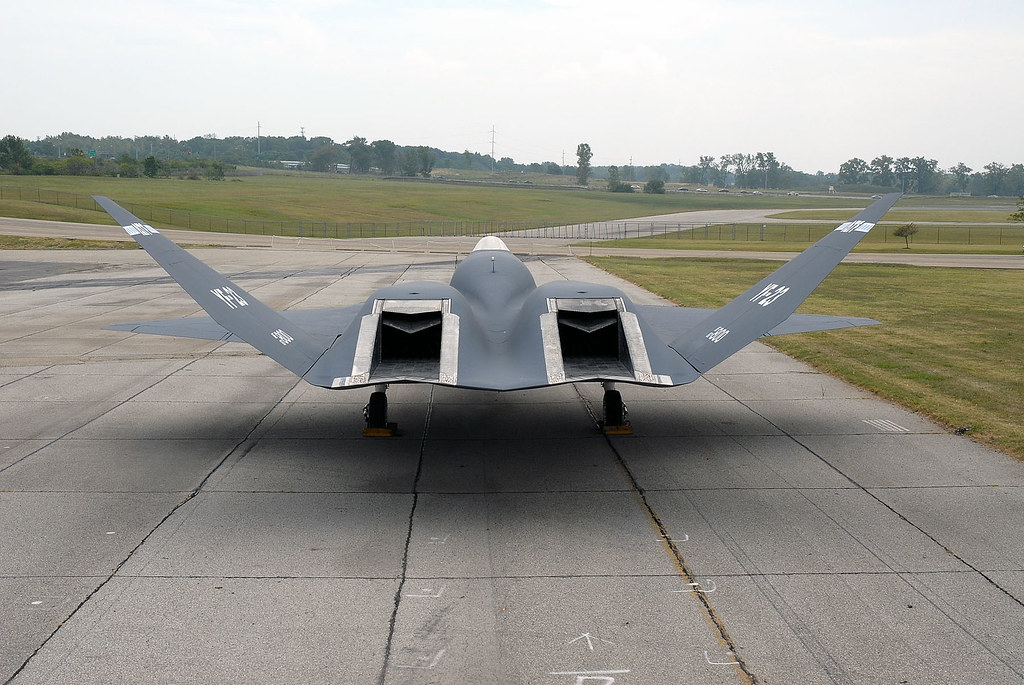
The YF-23, a sleek, diamond-winged stealth fighter, emerged as a direct response to the perceived Soviet threat. Its design was a radical departure from conventional fighter aircraft.
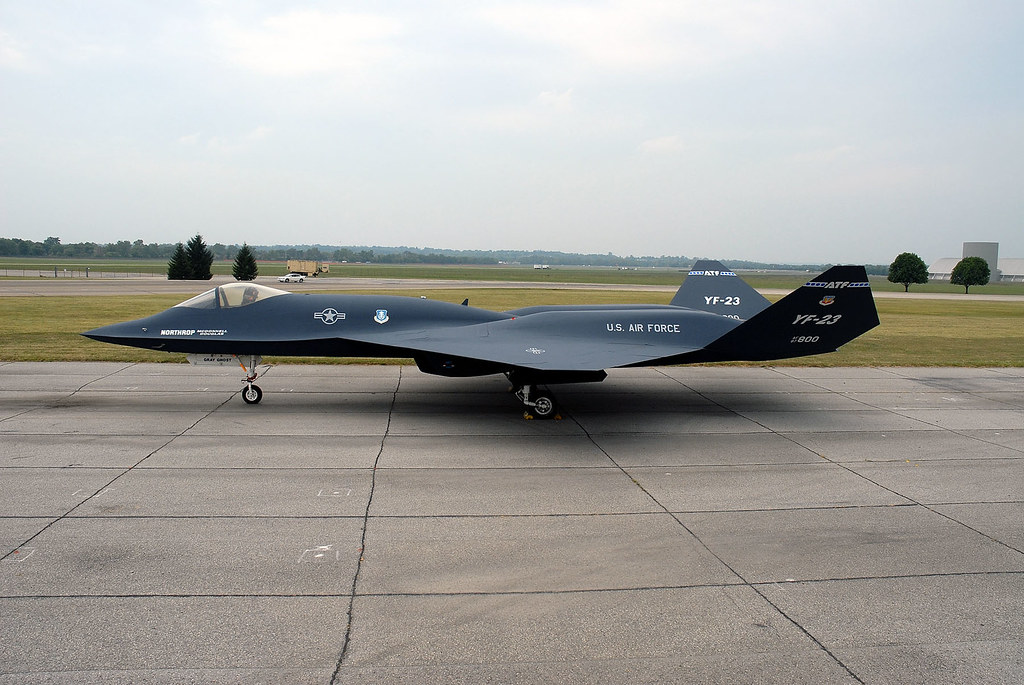
The “almost pancake-like airframe structure with blended wing elements” was designed to minimize aerodynamic drag and radar signature, an essential attribute for the fifth-generation stealth fighters.

Two prototypes, the charcoal gray “Spider” or “Black Widow II” (PAV-1) and the two-tone gray “Gray Ghost” (PAV-2), showcased the cutting-edge technologies of their era, including supercruise capabilities that enabled sustained supersonic flight without afterburners.
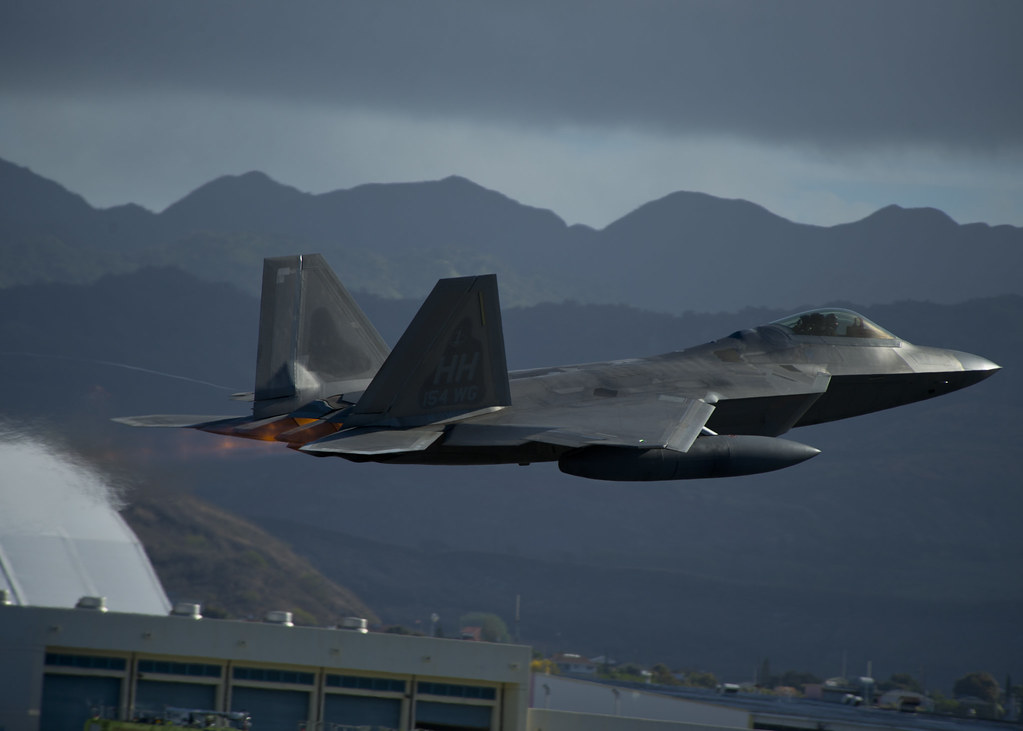
Despite the YF-23’s advanced stealth features and its ability to achieve speeds of 1,451mph, a range of 2,796 miles, and a ceiling of 65,000 feet, it was the agility of the YF-22 that tipped the scales in Lockheed’s favor. The YF-22 “Lightning II” proved superior in a dogfight, leading the Air Force to favor it over the other option.

The flashbacks of the YF-23’s journey through the ATF program rekindle memories of an era of intense innovation and competition.
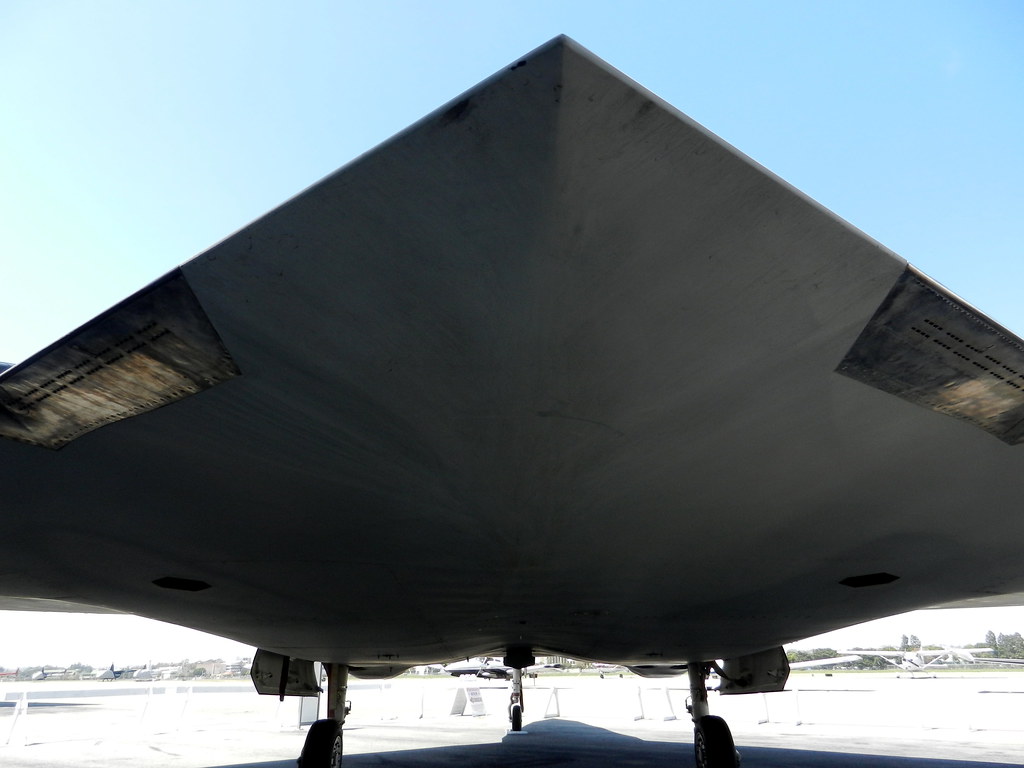
Lockheed and Northrop’s prototypes, following their selection as finalists on October 31, 1986, underwent rapid development and testing. The YF-23 was the first to reveal its capabilities in a rollout ceremony at Edwards AFB on June 22, 1990.
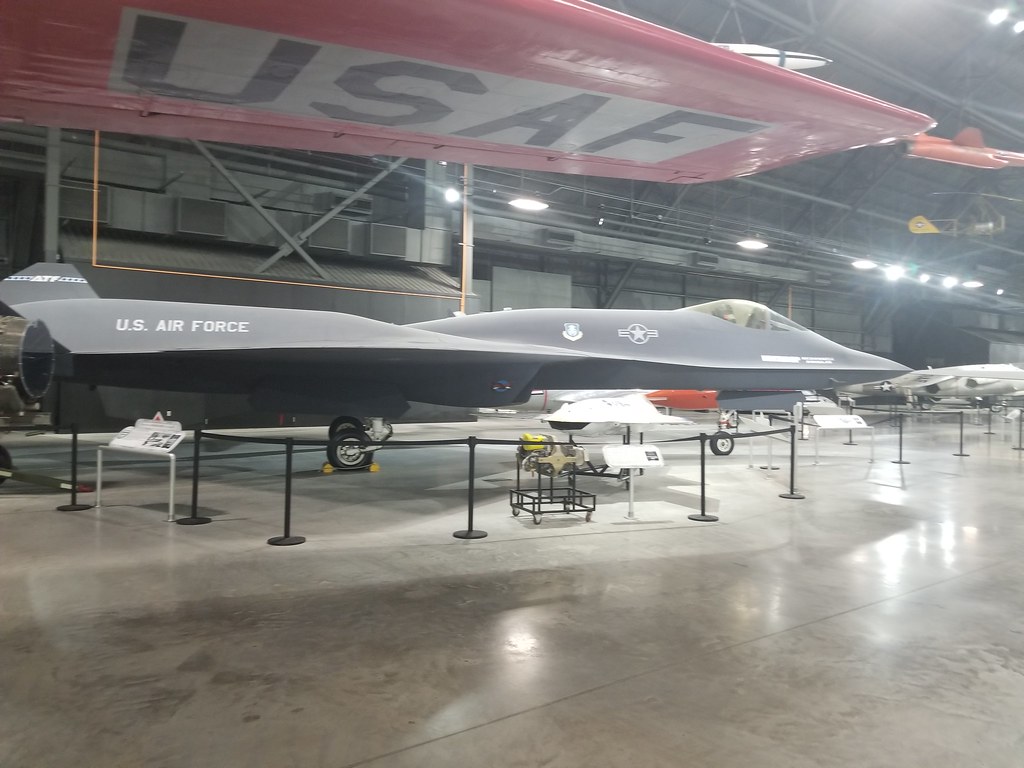
From its near-flawless first flight to the testing of supercruise speeds, the YF-23 demonstrated “abnormally solid” flight characteristics, according to Northrop test pilot Paul Metz.
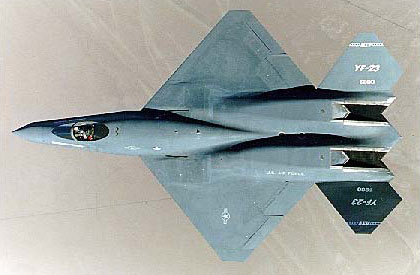
However, the program was not without its challenges, as both prototypes encountered issues such as a shattered forward windscreen and overpressurized fuel tanks, incidents that were resolved allowing for continued testing.
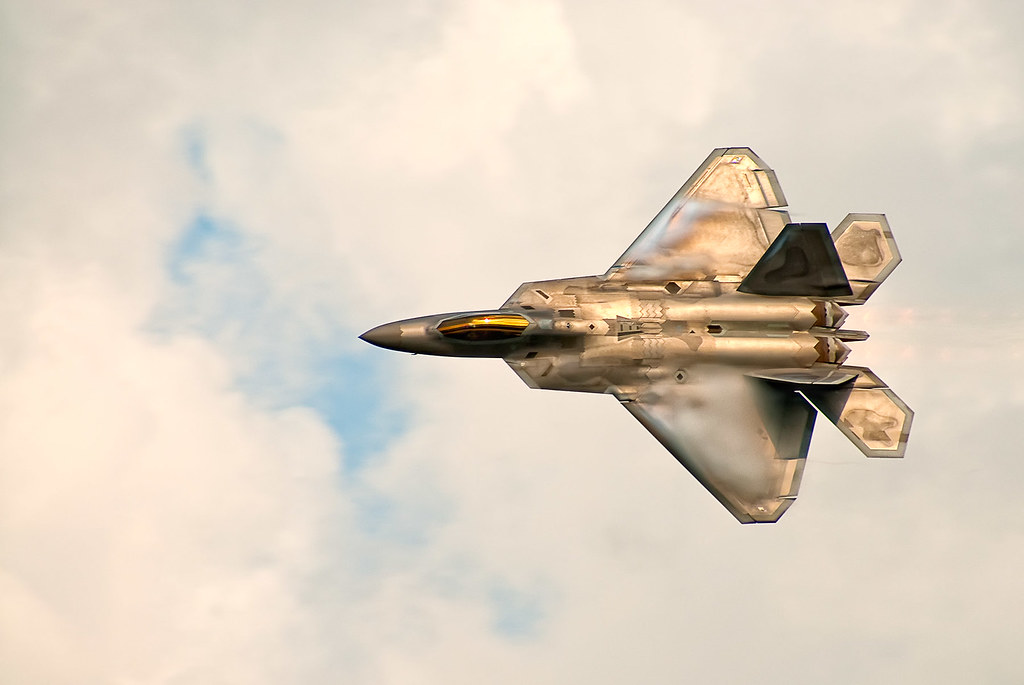
Ultimately, the fate of the YF-23 was sealed on April 23, 1991, when the Secretary of the Air Force announced the selection of the Lockheed F-22 and Pratt & Whitney F119 for the ATF production contract.
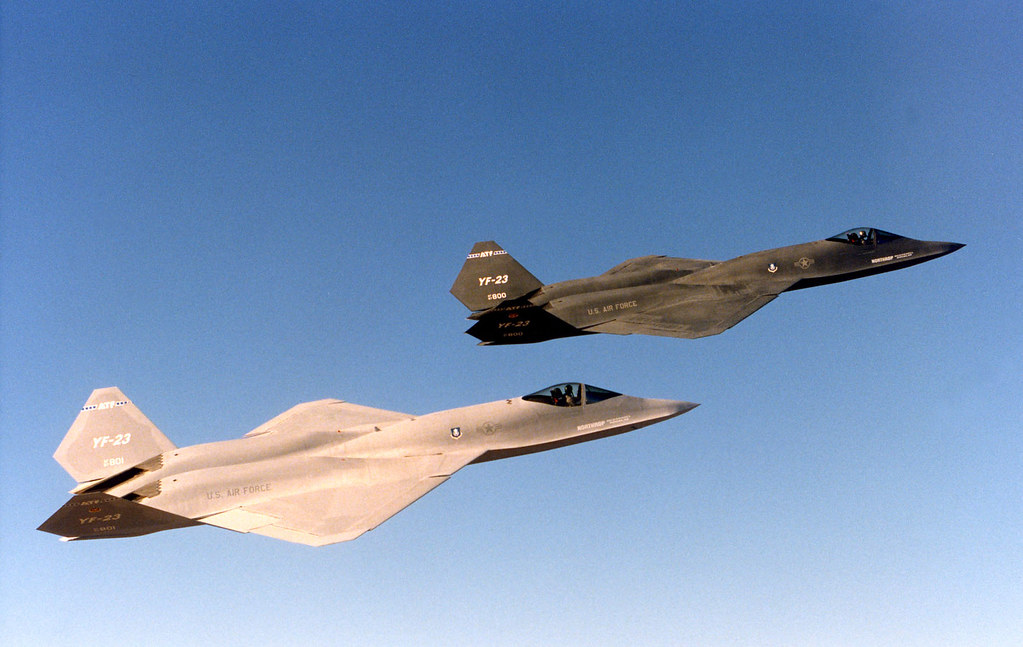
The decision hinged on the Air Force’s confidence in Lockheed’s and Pratt & Whitney’s ability to “manage” the program and deliver the weapons system on time and at cost.
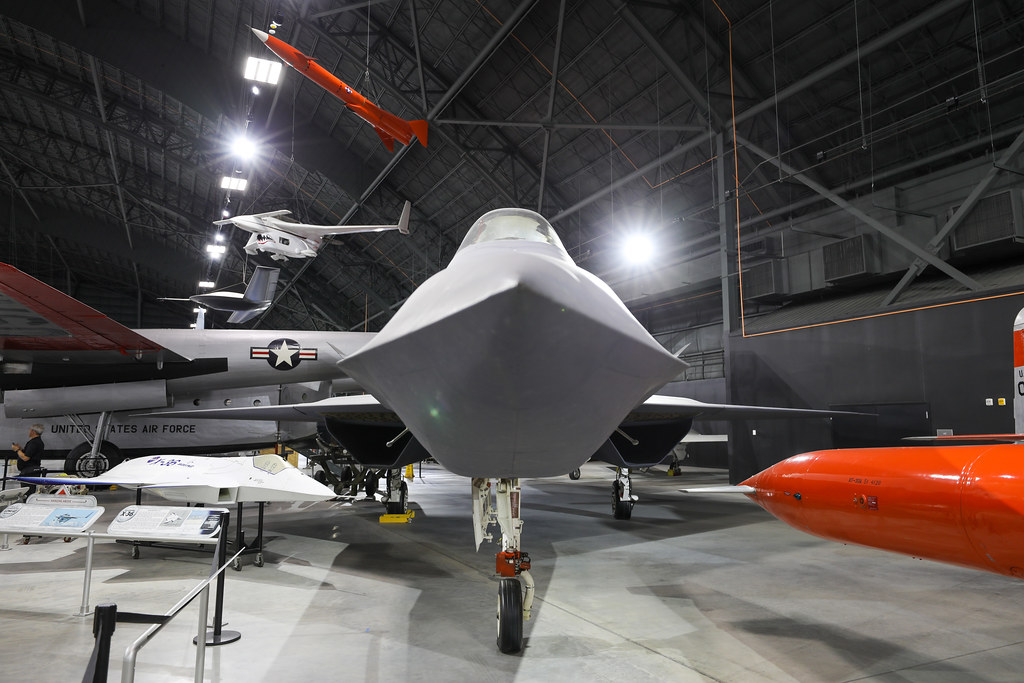
Though it never entered service, the YF-23 remains a testament to the technological ambition of its time. Both prototypes were eventually relegated to museums, where they stand as reminders of an intense competition that shaped the future of military aviation.
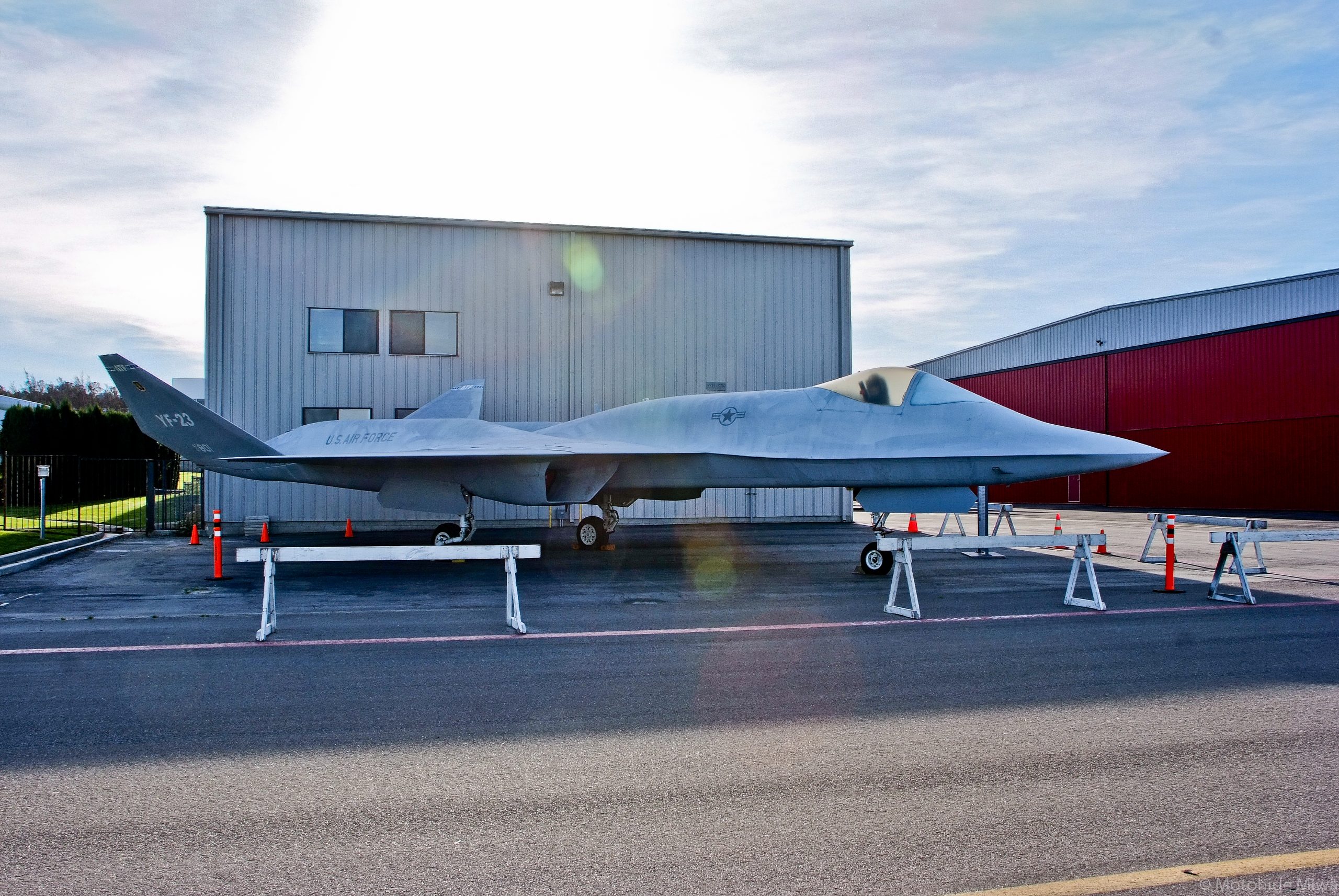
In the present day, the quest for aerial superiority continues, as BAE Systems works on developing a Dual Band Decoy (DBD) system to protect modern fighter aircraft from enemy attacks. According to Don Davidson, director at BAE Systems, this advanced decoy builds on the success of the ALE-55 system and is designed to adapt to future threats.
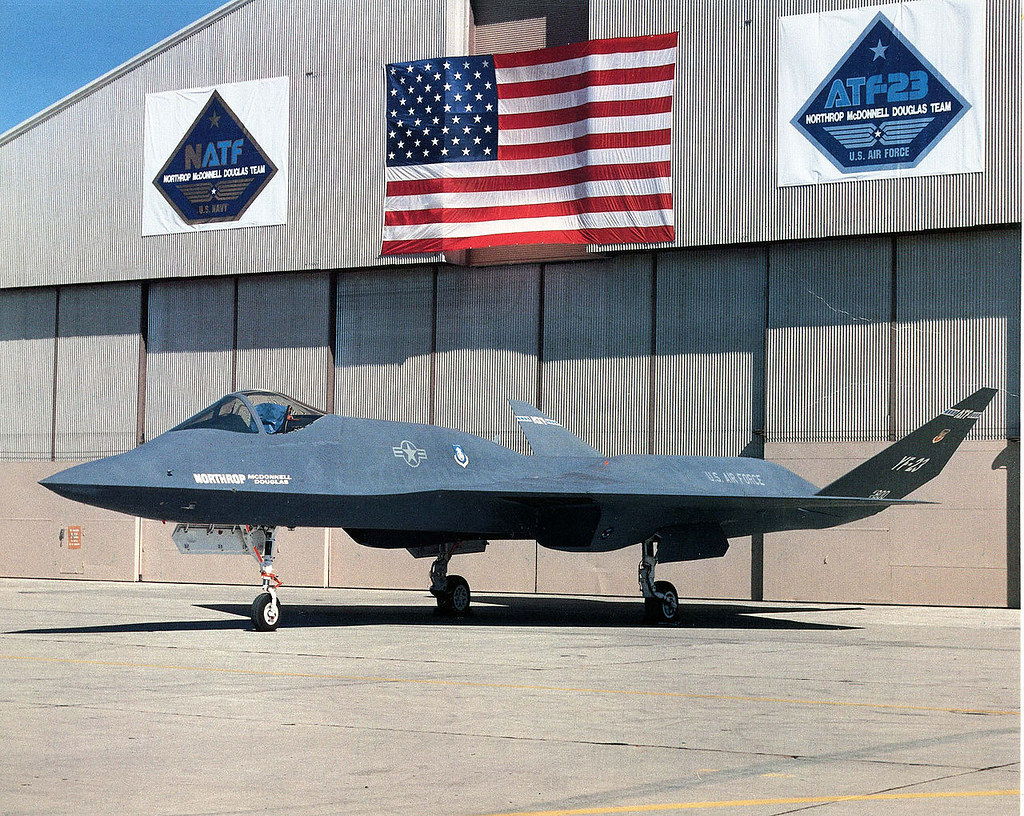
Initially set to be deployed on F/A-18E/F Super Hornets, the DBD system is a sophisticated addition to the arsenals of modern air forces, ensuring that the legacy of technological advancement in military aviation, as once embodied by the YF-23, persists in the ever-evolving theatre of air combat.
Relevant articles:
– YF-23 Black Widow: The Fighter That Could Have Replaced the F-22 Raptor, nationalinterest.org
– 23 Black Widow II > Air Force Materiel Command > Article Display, Air Force Materiel Command (.mil)
– شركة بي أيه إي سيستمز تعمل على تطوير نظام جديد للتدابير المضادة لطائرات البحرية الأمريكية, موقع الدفاع العربي
